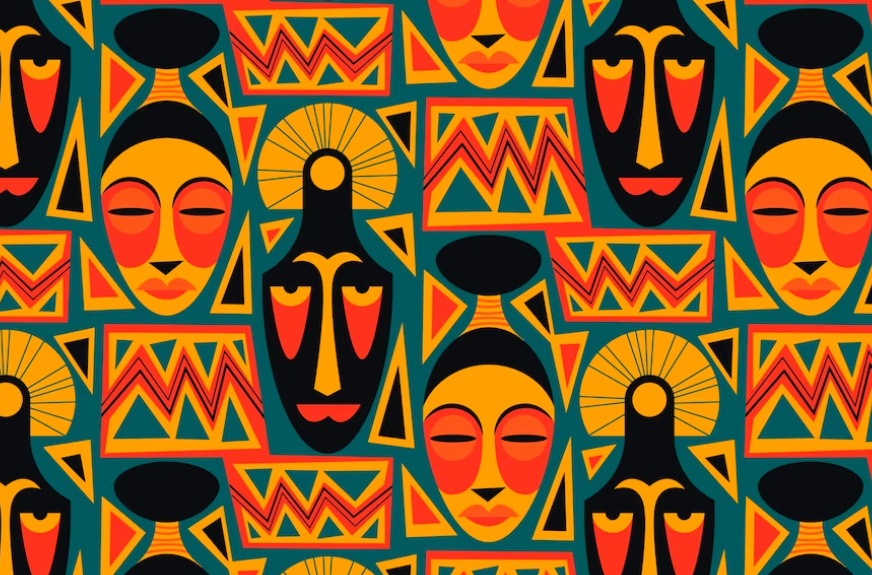It is no secret, at least in artistic circles and painting enthusiasts: Picasso had a definite penchant for the so-called primitive arts, but not from an ethnographic point of view. As the great master of Cubism and considered one of the greatest artists of the 20th century, Pablo Picasso’s works have certainly changed the course of art history. What is less known is that African art has greatly influenced the work of the artist …
Picasso meets African art
Towards the end of the 19th century and as a direct consequence of imperialism, many African objects arrived on the Old Continent. At the time, they were not considered works of art in the strict sense. Rather, they were considered artifacts of colonial conquests and had little or no monetary value. But in the early 1900s, all that changed… Under the impetus of a certain Picasso, the aesthetics of African art became a profound source of inspiration for the Ecole de Paris, then in search of new modes of representation.
For Picasso, these objects from Africa had a ritual depth that both surprised and moved him. The adventure begins…
Picasso’s African period
Picasso’s African period, if it can be called that, is thought to have lasted from 1907 to 1909. During this period, Henri Matisse exhibited his « Blue Nude » in 1907 and « The Dance » in 1909, to which Pablo Picasso responded with the work that would make him famous, which we know today as « The Ladies of Avignon ». In this painting, the artist clearly begins to incorporate African influences into his work.
In The Ladies of Avignon, the faces of the three women on the left are based on Iberian sculptures. In order to avoid monotony in the composition, Picasso based the faces of the two women on the right on African totemic art, which he had also collected. Throughout Picasso’s career, periods are concluded by a major work that contains all the new things he learned. The painting « Life » concluded and summarized his blue period and « The Family of Saltimbaques » did the same for his pink period.
«Picasso Primitive»
If the impact of African art on Picasso, and on the birth of Cubism more generally, has been widely studied, this is not the case for the works that inspired an entire movement. These are rarely analyzed. This is one of the reasons why the Quai Branly Museum has organized the exhibition « Picasso Primitive », in order to try to explain the artist’s passion for African arts as a whole. The Quai Branly, one of whose galleries hosts, moreover, the exceptional donation of works made by Mr. Ladreit de Lacharrière to the French state in 2018. The French patron has indeed built up, over the years, an important collection of African and Oceanic works of a rare quality.
